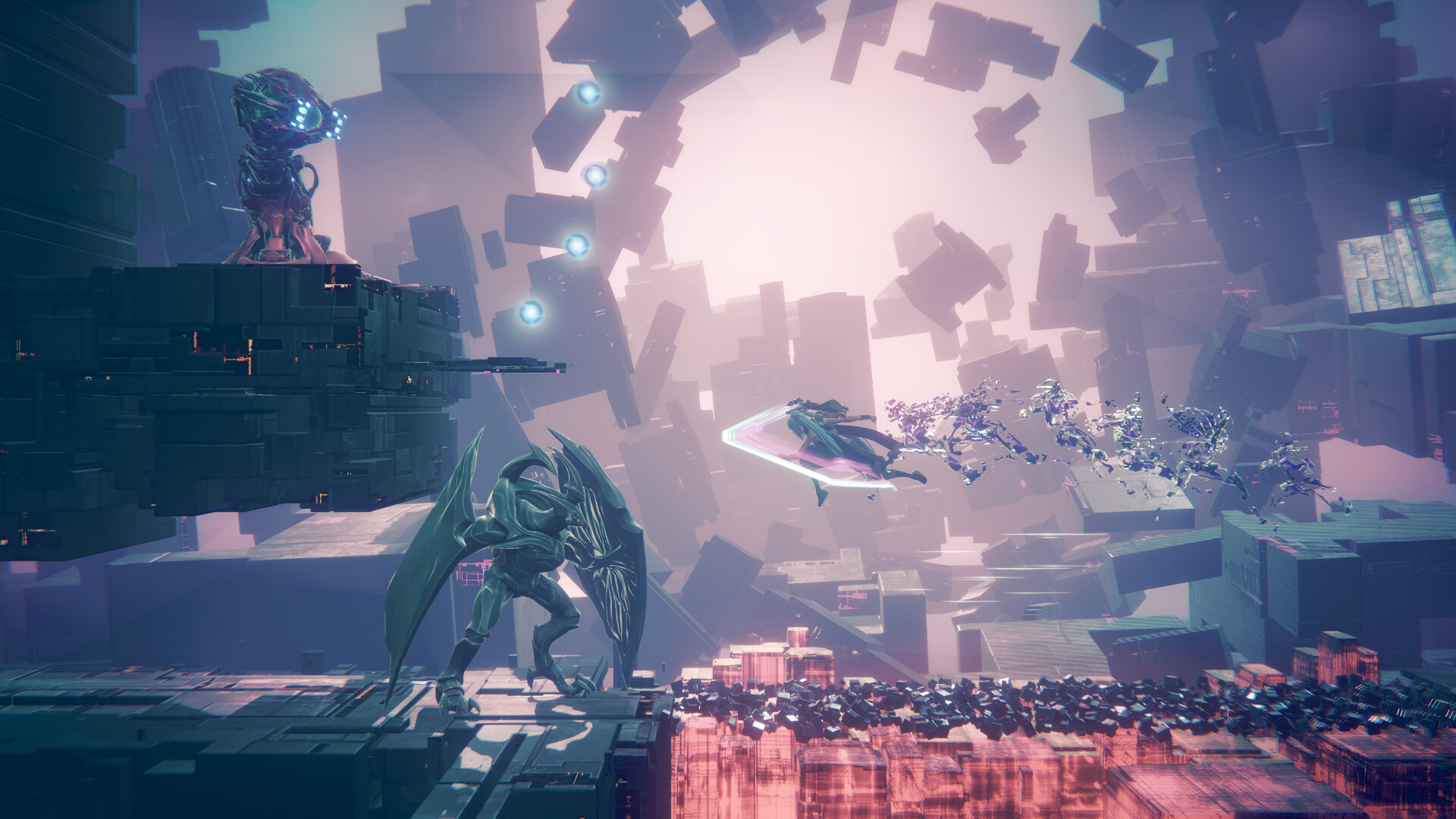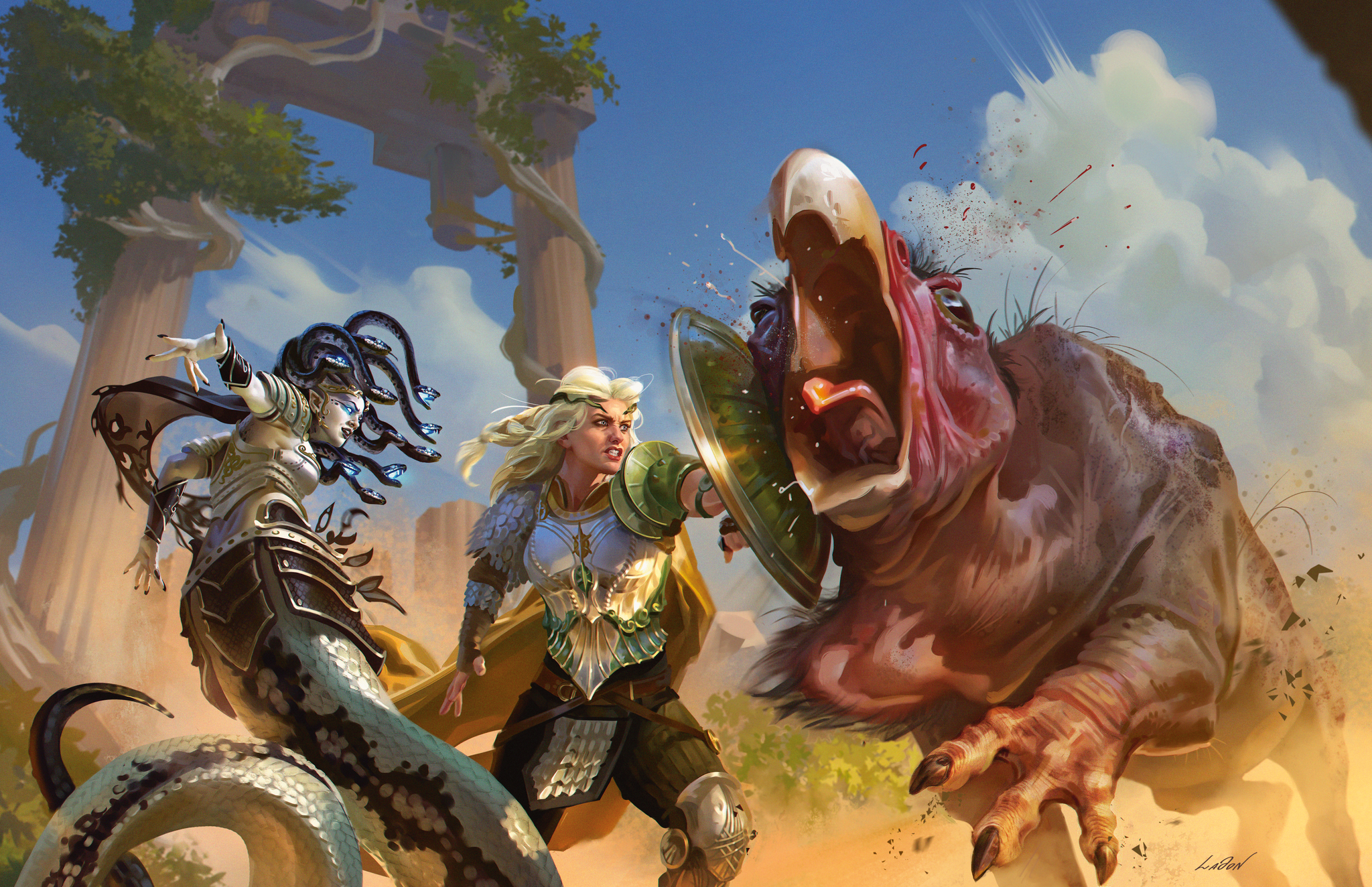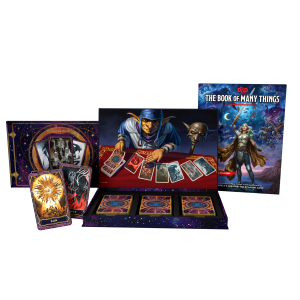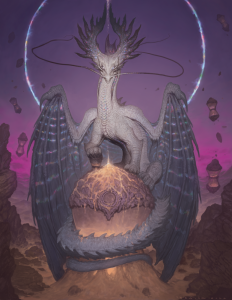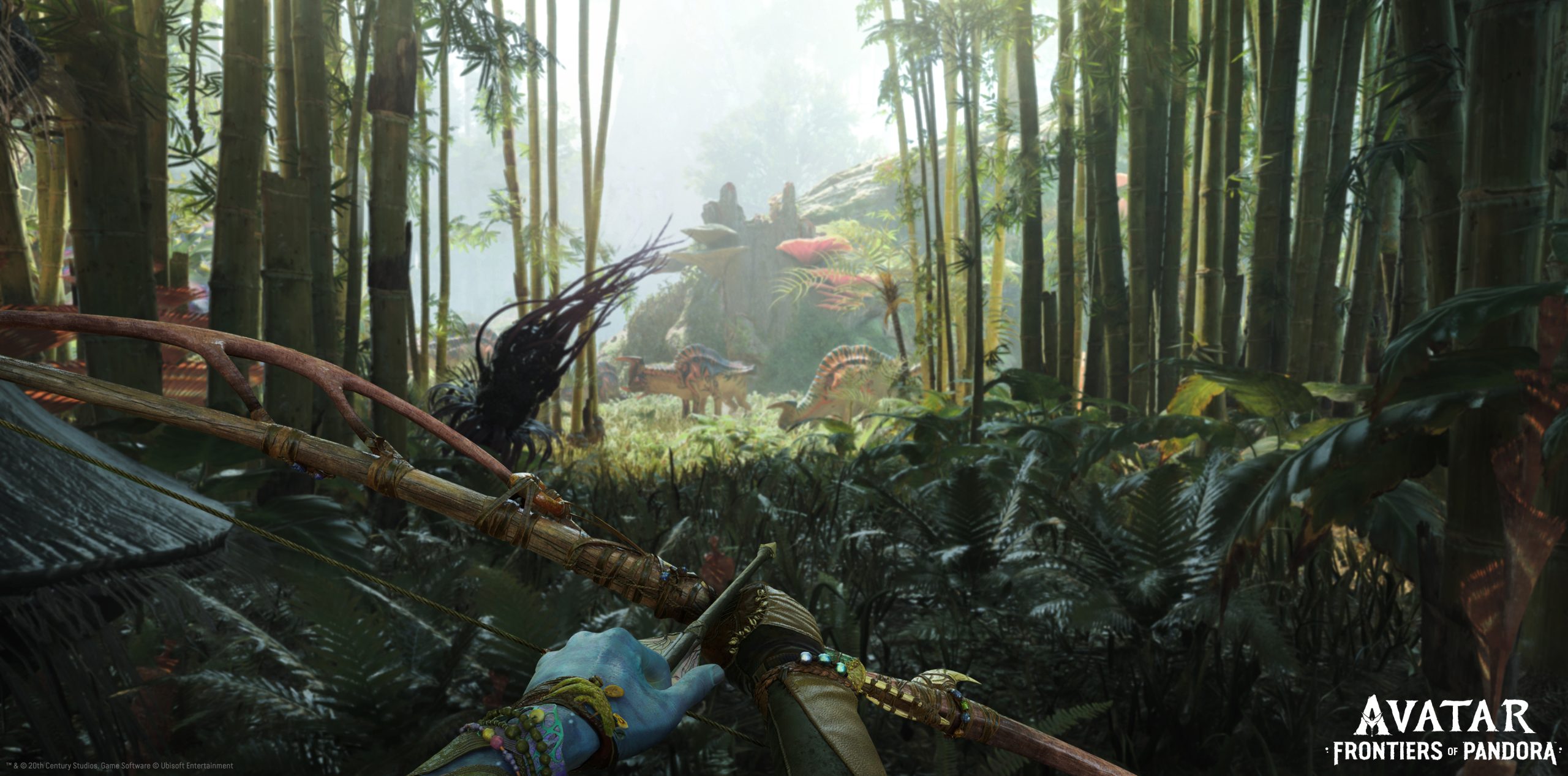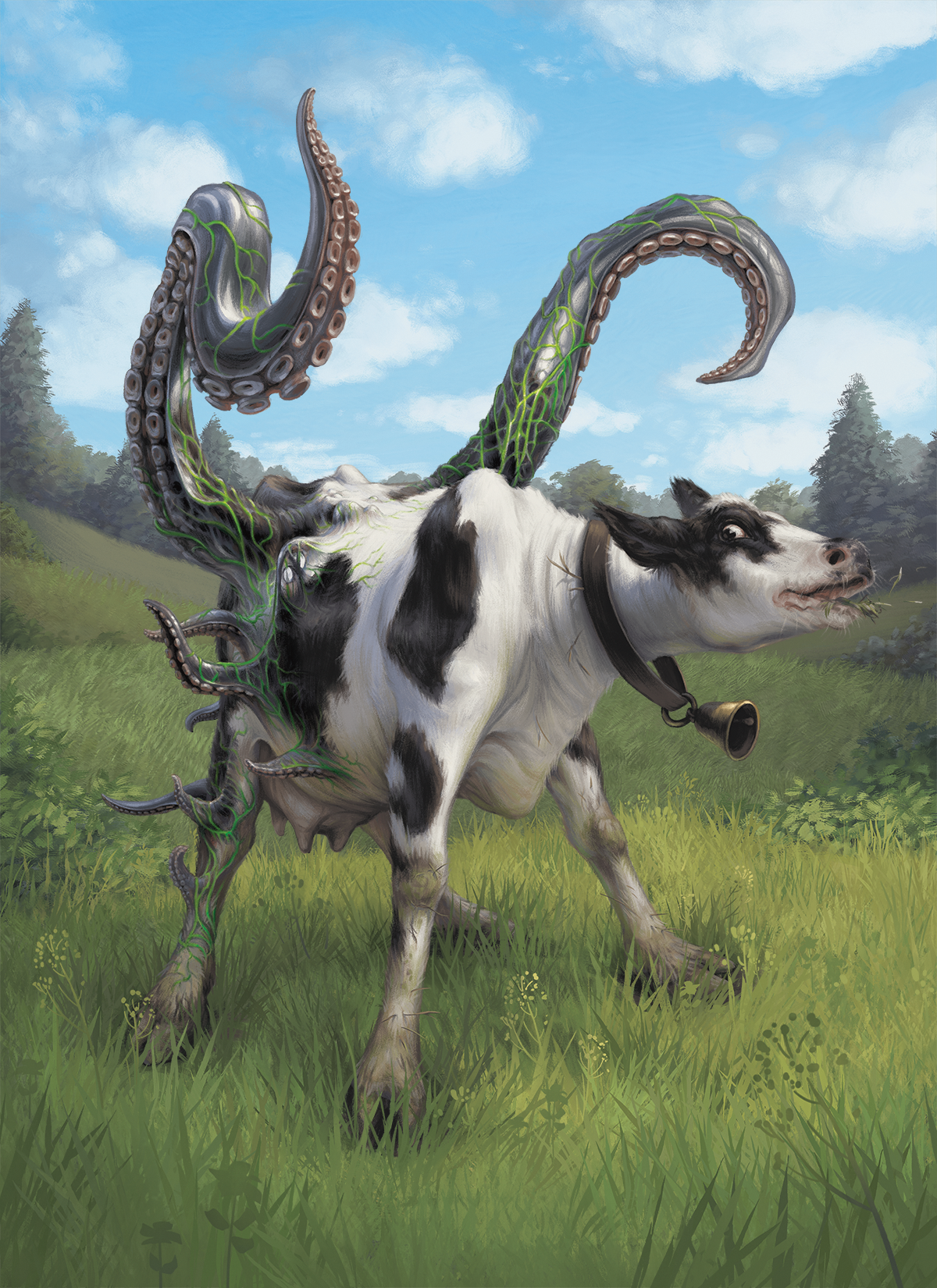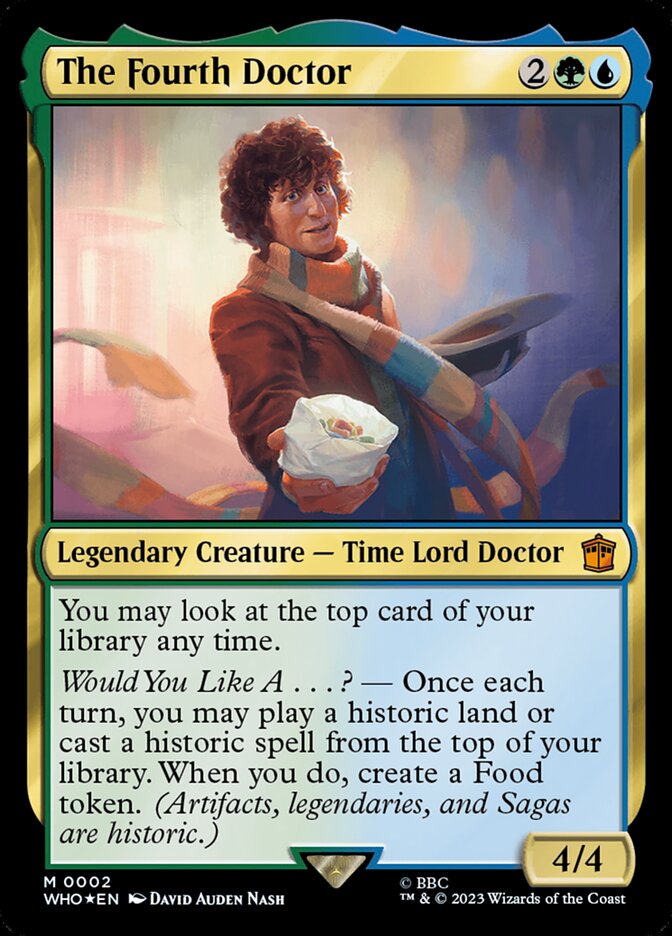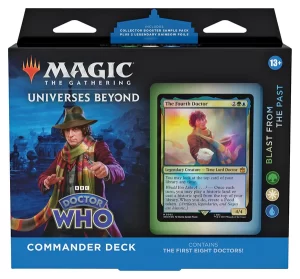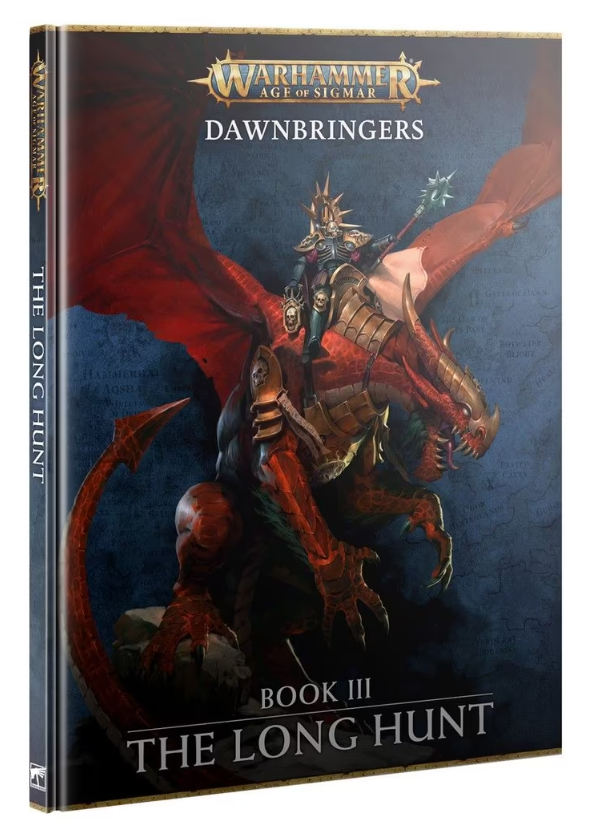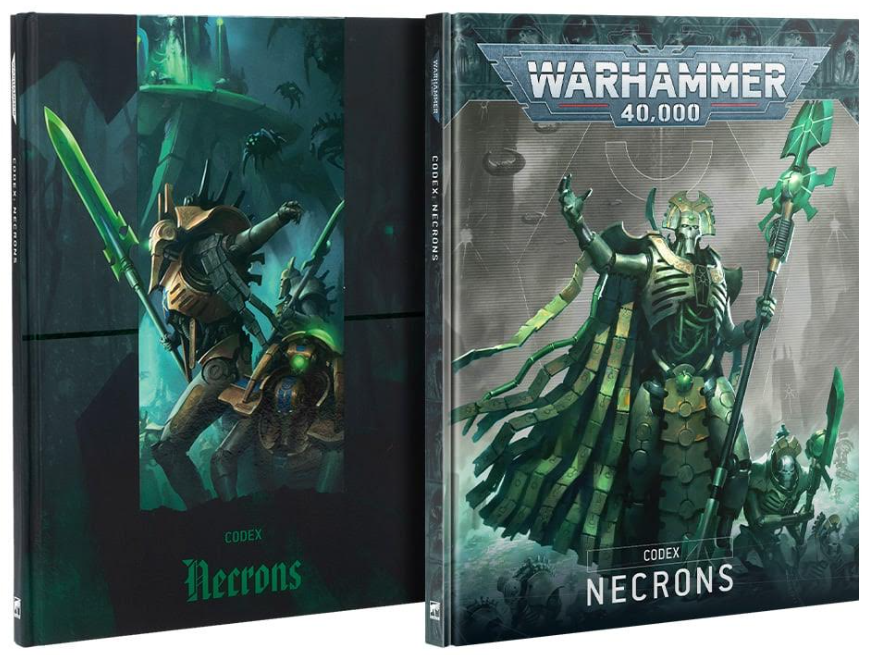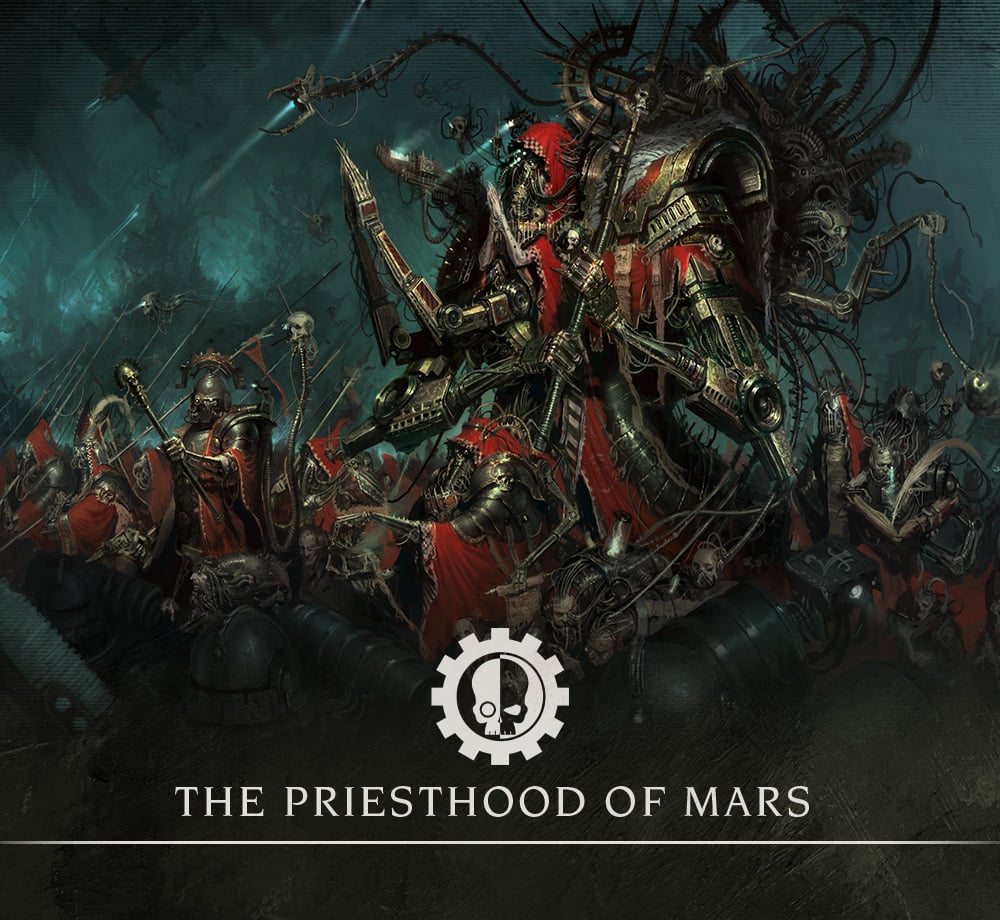PLATFORM: PS5 | RELEASE DATE: OUT NOW
At the time of its release in 2020, TLOU2 earned universal critical acclaim for its well-rounded characters, exceptionally strong performances, first-class world-building, stunning visuals and incredible audio design, although its narrative was less well-received by the general public. Is this a masterfully-crafted revenge story full of complex characters with justifiable motives, or do a multitude of questionable decisions mean that we’re given precious few reasons to care about a generally miserable cast? As divisive as the debate may be, you’ll definitely feel something, one way or the other.
While it might seem a bit too soon for a remaster, there’s a noticeable leap in visual quality between the PS4 original and the upgraded PS5 edition. Native 4K performance, improved framerates, increased level of detail in distant scenery, higher textures and a host of other tweaks mean that TLOU2’s undeniably beautiful world (in stark contrast with the violent, brutal and borderline depressing events that happen within it) is more immersive than before. This isn’t just a visual upgrade, though – a couple of other additions bolster the overall package in some unexpected and very welcome ways.
A post-game roguelike mode challenges players to step into the shoes of familiar TLOU characters (including several who have never been playable before) to survive a series of randomised encounters against hordes of enemies for as long as possible. Each character has unique traits and abilities that change the way you approach each run, with extra gameplaay modifiers adding a huge amount of replayability. Three “lost levels” are also included, along with developer commentary explaining why they were cut from the original game. These levels aren’t all completely finished, but they’re fully playable, providing an interesting and rarely-seen peek behind the development curtain. If you haven’t played TLOU2 before, this remastered edition is without a doubt the very best way to experience it.



